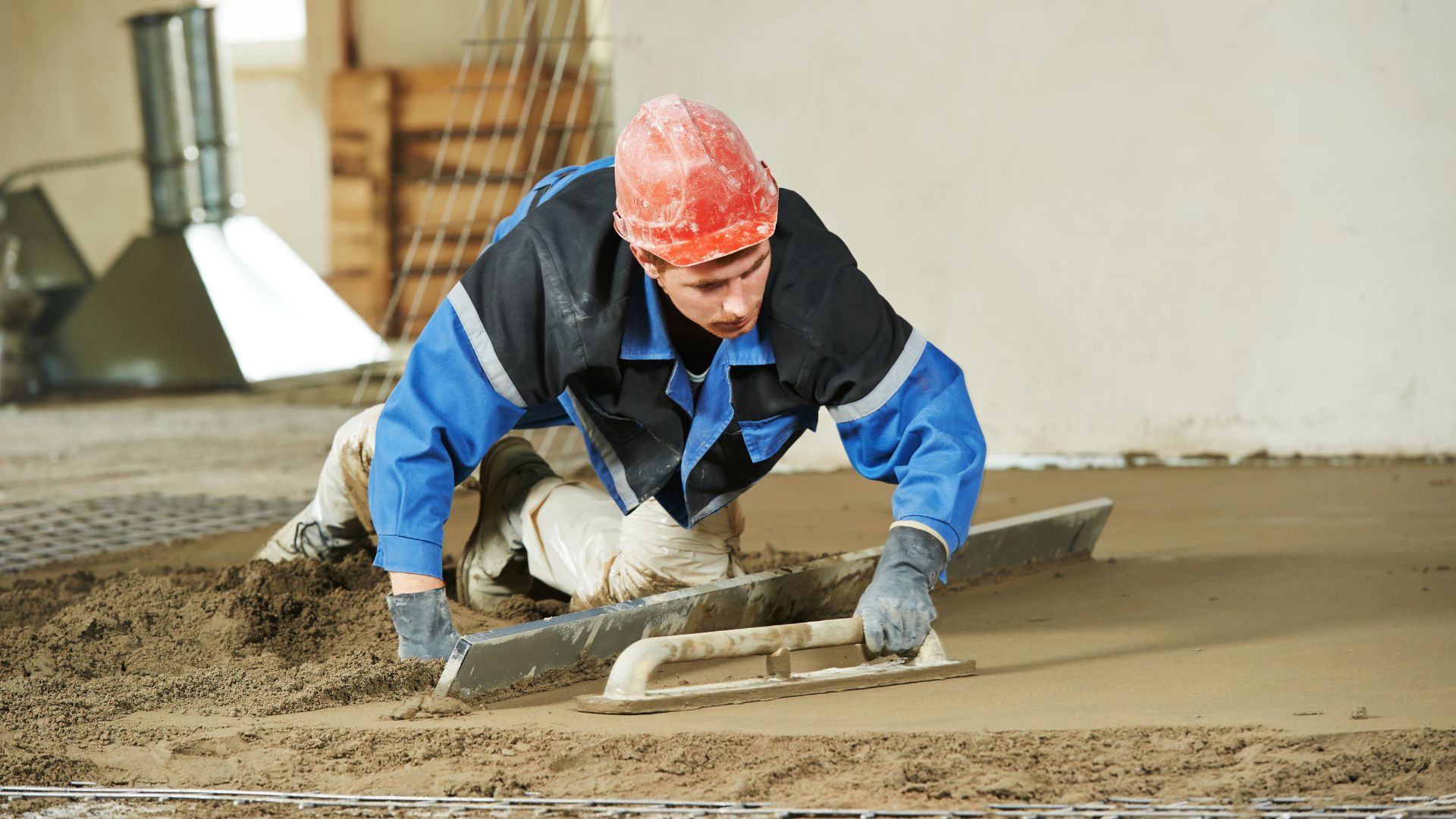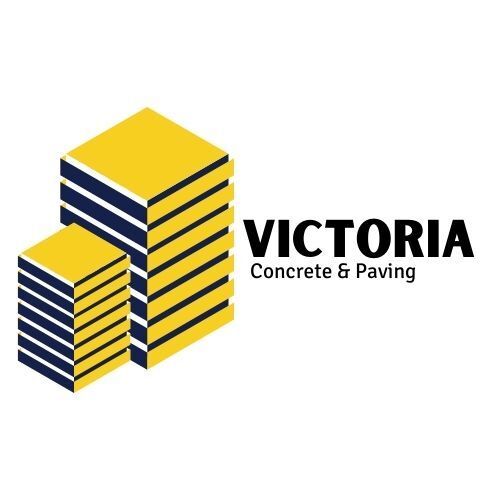Professional Asphalt and Paving Crack Repair: Effective Techniques for Long-Lasting Results
Asphalt and paving crack repair is essential to maintaining the integrity and longevity of your pavement surfaces. Over time, asphalt and paved surfaces are subject to various forms of wear and tear, including weather elements, traffic loads, and natural aging. These factors can lead to the development of cracks, which, if left unaddressed, can result in more significant damage and costly repairs.
Understanding its importance is important for
preserving your paved areas' functionality, safety, and aesthetic appeal. Increase the longevity of your pavement, stop future deterioration, and ensure a smooth and durable surface for years to come by proactively fixing cracks and putting prompt repair procedures into place.

Asphalt Crack Repair Methods
Several effective repair methods exist for asphalt and paving surfaces, each suitable for different types and extents of damage. Here are some common repair methods:
Crack Sealing
Crack sealing is a repair method that carefully seals cracks in the asphalt or paving surface. It typically involves using a specialized rubberized asphalt material that is heated and applied to the cracks. The material fills the cracks, creating a waterproof seal that prevents moisture from infiltrating the pavement. Sealing the cracks helps prevent further deterioration, such as the growth of larger cracks or the formation of potholes. Crack sealing is commonly used for small to moderate-sized cracks and is an effective preventive measure to extend the pavement's lifespan.
Patching
Patching is a repair technique used to address localized areas of damage on the pavement surface, such as potholes or depressions. The damaged area is first cut and removed, creating clean edges. Then, a new asphalt or patching material is applied to the prepared area. The material is carefully compacted and levelled to ensure a smooth surface. Patching is an efficient and cost-effective solution for repairing specific pavement areas that have experienced significant damage or deterioration. It restores the functionality and safety of the pavement while preventing further damage in those specific locations.
Asphalt Overlay
An asphalt or resurfacing overlay involves applying a new layer over the existing pavement surface. This method is suitable for pavements that have surface distress, such as moderate cracking, rutting, or surface irregularities. Any required fixes, like crack sealing or patching, are made before applying the overlay to address any localized problems. The new asphalt layer provides a fresh, smooth, and durable surface while adding strength and protection to the existing pavement. Asphalt overlay is a cost-effective solution that improves the appearance and functionality of the pavement, extending its lifespan.
Milling and Resurfacing
Milling and resurfacing is a more extensive repair method when the existing pavement has severe surface distress or unevenness. In this process, a milling machine removes the existing pavement's top layer, including the damaged or deteriorated surface. The milled surface is then thoroughly cleaned, and any necessary repairs are made to the underlying layers. Finally, a new asphalt layer is applied, creating a smooth and even surface. Milling and resurfacing not only address surface irregularities but also improve the pavement's structural integrity. This method is commonly employed when the base layers of the pavement are still in good condition, making it a cost-effective option for restoring the pavement's functionality and aesthetics.
Full-depth Replacement
Full-depth replacement is a comprehensive repair method for pavements with extensive damage or structural failure. It involves completely removing the existing pavement, including the subbase and base layers. After removal, the subbase is thoroughly evaluated and, if necessary, repaired or replaced. Then, new base materials and asphalt layers are installed, followed by compaction and levelling.
Full-depth replacement provides a brand-new pavement surface, ensuring optimal strength and longevity. This method is typically employed when the existing pavement is beyond repair or has significant structural deficiencies. While it is a more involved and costly process, full-depth replacement offers a long-term solution for severely damaged or deteriorated pavements.
Slurry Seal
Slurry seal is a preventive maintenance technique used to protect and extend the life of asphalt surfaces. It involves the application of a mixture of emulsified asphalt, water, aggregate (such as sand or finely crushed stone), and additives to the pavement surface. The slurry seal is spread evenly across the pavement using specialized equipment. It forms a protective layer that seals cracks, fills voids, restores colour, and enhances skid resistance. Slurry seal is particularly effective for pavements with minor cracking, surface oxidation, or loss.
Effective Techniques for Long-Lasting Asphalt From Asphalt Contractors
Several effective techniques can be employed to achieve long-lasting results for asphalt and paving repairs. These techniques go beyond simple patching or sealing and involve comprehensive approaches that enhance the durability and longevity of the pavement.
Here are some effective techniques for achieving long-lasting results:
Proper Base Preparation:
- Excavation: The existing base or subgrade should be excavated to the appropriate depth, removing any weak or unstable materials. This ensures a solid foundation for the new pavement.
- Compaction: The subgrade and subsequent layers of the base material should be properly compacted using compaction equipment, such as vibratory rollers or plate compactors. Adequate compaction minimizes the potential for settlement and improves the stability of the pavement.
- Grading: Proper grading ensures a smooth and even surface, allowing for effective water drainage and preventing pooling or ponding. It involves creating the desired slope and contour of the pavement to direct water away from the surface.
Quality Materials:
- Aggregate: The selection of high-quality aggregate is crucial for the strength and durability of the asphalt mix. Well-graded aggregates with proper particle sizes and angularity provide better interlocking and improve the overall stability of the pavement.
- Binder: The binder, typically asphalt cement or polymer-modified asphalt, holds the aggregate particles together. Using a high-quality binder with suitable properties ensures good adhesion, flexibility, and resistance to cracking and deformation.
- Additives: Certain additives, such as polymers or fibres, can be incorporated into the asphalt mix to enhance performance. These additives improve resistance to rutting, cracking, and moisture damage, resulting in longer-lasting pavement.
Adequate Thickness:
- The thickness of the asphalt layer is determined by factors such as the expected traffic load, climate conditions, and underlying soil properties. A thicker asphalt layer provides better load distribution and reduces the risk of fatigue cracking and rutting.
- Asphalt thickness specifications may vary depending on the type of pavement, such as highways, parking lots, or residential driveways. Consulting with a qualified engineer or experienced contractor helps ensure the proper thickness based on the specific project requirements.
Regular Maintenance:
- Crack Sealing: Small cracks in the pavement surface should be promptly filled with a suitable crack sealant to prevent water penetration. This prevents the cracks from expanding and helps maintain the integrity of the pavement.
- Sealcoating: Applying a protective seal coat layer to the pavement surface helps to shield it from harmful UV rays, oxidation, and water damage. Sealcoating provides a protective barrier and enhances the appearance of the pavement.
- Cleaning: Regular cleaning of the pavement surface removes debris, dirt, and chemicals that can accelerate deterioration. This can be done through sweeping, pressure washing, or other suitable cleaning methods.
- Timely Repairs: Any signs of damage, such as potholes, ravelling, or surface distress, should be addressed promptly. Timely repairs prevent the damage from spreading and minimize the risk of further deterioration.
Proper Drainage:
- Slope: The pavement should be designed with a proper slope to facilitate the efficient drainage of water. This prevents the accumulation of water on the surface, which can weaken the pavement and lead to cracking potholes or other damage.
- Drainage Systems: Installing appropriate drainage systems, such as gutters, catch basins, or French drains, helps divert water from the pavement. These systems ensure water is effectively collected and directed to suitable drainage outlets.
Professional Installation and Repairs:
- Hiring experienced and reputable contractors with a track record of successful installations and repairs ensures that the work meets industry standards and premier practices.
- Professional contractors have the knowledge, expertise, and access to proper equipment to assess the pavement's condition accurately. They can identify underlying issues and recommend appropriate repair techniques.
- Following industry guidelines and using proper techniques during installation and repairs ensures that the pavement is built or restored to the highest standards, maximizing its durability and longevity.
Materials Used By Asphalt and Paving Companies
Asphalt Patching Mix
Asphalt patching, known as cold mix asphalt, is a pre-mixed combination of aggregates, asphalt binders, and additives. It is commonly used for repairing potholes, minor cracks, and localized surface damage. Asphalt patching mix is typically applied directly into the damaged area and compacted to create a smooth and durable surface.
Hot Mix Asphalt (HMA)
Hot mix asphalt is a mixture of aggregates, asphalt binders, and additives produced at high temperatures in an asphalt plant. It is used for larger-scale repairs and resurfacing projects. HMA is delivered to the repair site while hot and compacted to create a strong, long-lasting pavement surface.
Asphalt Emulsion
Asphalt emulsion is a mixture of asphalt binder and water. It is commonly used for asphalt maintenance, such as crack sealing and surface treatments. Asphalt emulsion is applied as a liquid and then dries and hardens to form a protective seal, preventing water infiltration and further damage.
Crack Sealant
Crack sealants are specialized materials that fill and seal cracks in asphalt surfaces. These sealants are typically rubberized and designed to withstand the expansion and contraction of the pavement due to temperature fluctuations. They provide a flexible and waterproof barrier, preventing water from penetrating the cracks and causing further deterioration.
Sealcoating Materials
Sealcoating materials are protective coatings applied to the surface of asphalt pavement. These materials typically consist of asphalt emulsion, mineral fillers, and additives. Sealcoating helps protect the pavement from UV rays, oxidation, and other environmental elements, extending its lifespan and improving its appearance.
Concrete or Asphalt Repair Products
Asphalt and paving companies may sometimes utilize specialized repair products such as concrete or asphalt repair compounds. These products address specific damages, such as spalling, scaling, or joint deterioration in concrete surfaces or deep cracks in asphalt surfaces. These materials provide durable repairs, restoring the functionality and aesthetics of the pavement.

Enhancing Asphalt Surfaces with Victoria Concrete & Paving
Over time, surfaces endure various forms of damage from weather conditions, heavy traffic, and natural aging. These can lead to the formation of cracks, which, if left unattended, can cause further harm and expensive repairs. Repairing cracks in asphalt and paving maintains the strength and durability of your pavement surfaces.
Trust
Victoria Concrete & Paving is one of the best asphalt and paving companies for maintaining and repairing asphalt surfaces. We use various materials and specialized repair products to address damages and ensure the pavement's longevity. With our expertise, our team effectively repair asphalt surfaces, protecting them from further deterioration and extending their lifespan. Contact us now for further details.
